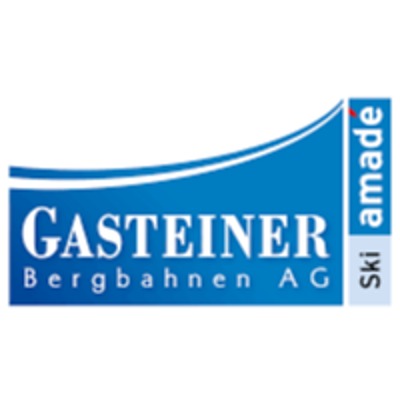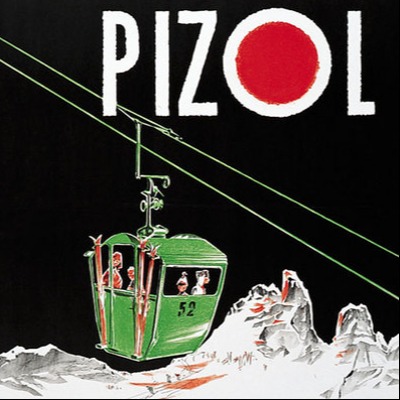Austria Highlights Steepest Pistes

Adrenaline junkies always get their money's worth in Austria's ski resorts. Even in family ski areas, you'll unexpectedly find the odd steep slope that you have to overcome before you can push off.
The number one challenge is generally considered to be the infamous Mousetrap on the Streif in Kitzbühel. It is only a very short section of the course, but with a gradient of 85 degrees it is the steepest slope on the world-famous Hahnenkamm downhill run. Depending on the preparation, the racers jump up to 60 meters, leaving part of the steep drop below them in flight. It is best not to try this, but the Mousetrap is not suitable for people with weak nerves and moderate skiing technique. Otherwise the run can quickly end in an unstoppable fall and, in the worst case, in hospital. Assuming there is sufficient snow, the Mousetrap is only closed to piste skiing from around two weeks before to one week after the Hahnenkamm weekend. Why after the race? Because the Streif would be too icy for us to ski on.
If you go by fame, then the Mausefalle is clearly number 1, but if you go by the bare numbers, another classic, the Gamsleiten 2 in Obertauern, is 100 percent ahead. G2 was the steepest of all drag lifts as "Gamsleiten 2". Today, it is more comfortable to go up by chairlift. Going down, it is still extremely challenging to keep your footing on the bumps. Among the glacier regions, Salzburg also held the gradient record with the snappy, narrow "Black Mamba" on the Kitzsteinhorn. But that is in the past. Because since the Falginjochbahn was opened on the Kaunertal Glacier at the end of 2019, Tyrol has been home to the steepest glacier slope. The "Black Ibex" was measured very precisely and came up with a value of 41.3 degrees or 87.85 percent gradient. This means that they see themselves as the steepest slope in Austria, although the slope marked 1b is not very long. The World Cup slope on the Rettenbachferner in Sölden is hardly inferior to the other two glacier slopes. The group of "ultra blacks" can be found in the area of a breathtaking 80 percent gradient. But percentages are a tricky thing. The 100 percent of the Gamsleiten corresponds to 45 degrees. That doesn't look so bad on a set square, but when skiing it's close to the limit. Although there were times when the Lange Zug from Rüfikopf to Lech was given as 106 percent, someone even lists the entry as 142 percent. Now the entry is very widely groomed, but right in the middle it is really extremely steep. Even if it is officially only 81 percent. Until two years ago, the Manni Pranger race track on the Bergeralm (Steinach in Wipptal) was said to be Austria's steepest: 102 percent! However, it is no longer groomed in this form.
Among the steepest pistes in western Austria, seven runs in the Montafon with 77 to 81 percent, marked as “Black Scorpions”, stand out in the Silvretta Nova. Next door on the Golm, the Diabolo crashes down pretty vertically. If you like steep slopes, we have scouted out three absolute highlights in the west: The Harakiri in Mayrhofen (Zillertal) has a decent gradient, and its width and flat run-out make it doable for weaker but brave skiers. The two direct Lazid runs in Serfaus seem much more brutal, and the same applies to the “officially” flatter Lange Wand in Ischgl. But the condition of the slope always plays the decisive role anyway. And that is the case with the Trass run in Zell am See or
Zwölfer-Nord in the Hinterglemm is usually optimal.
In Carinthia, the northern downhill run is set to make its comeback this winter.We will position this descent as a superlative S1, i.e. black, steep and fast, and set up a permanent speed race track", announces cable car boss Erik Zechmann. The S1 is the longest "black" in the Alps. On the Grossglockner in Carinthia, the 1,520-meter-long, difficult, direct Fallbichl variant and partly mogul slope flows into the intermediate Fallbichl descent. A challenging pleasure with a breathtaking high mountain panorama. The hottest, however, is the Franz Klammer World Cup descent in Bad Kleinkirchheim. It is 3.2 kilometers long, has an altitude difference of 842 meters and a gradient of up to 80 percent. In Upper Austria, specifically in Hinterstoder, the Inferno piste with a gradient of 70 percent is - nomen est omen - the hottest descent far and wide. The Dachstein West region, which crosses the border with Salzburg, also has plenty for adrenaline junkies: those with a high level of skiing ability can head for the “Wilde Hilde” (67 percent gradient), “Rock'n Roll” and “Donnergroll”; for less experienced winter sports enthusiasts, the three challenging slopes – even though they are rather short – are only recommended to a very limited extent.
There are some challenging runs on the Reiteralm in Styria - with the promising names Black Rose (Hahn'l Piste), Black Power (Gasselhöhe run), Black Queen (Finale Grande) and Black Horse (Steilhang Rauner). The Black Rose makes a clear statement right from the start: Here you go downhill with an 80 percent gradient. And on the Katschberg, the most demanding run is the Direttissima. Even in the Styrian Salzkammergut you can really let it rip: namely on the Loser Alm Schuss - the steepest run in the Salzkammergut. There are also runs in Lower Austria on the Hochkar that are quite challenging: for example the Karabfahrt with a 63 percent gradient, the 900 meter long Häsing-Steilhang or even better the Thomas Sykora-Shang, a real slalom run. The steepest slope in Lower Austria can be found on the Gemeindealpe Mitterbach – the Direttissima from Terzer is quite something – it goes down with a gradient of 74 percent.













